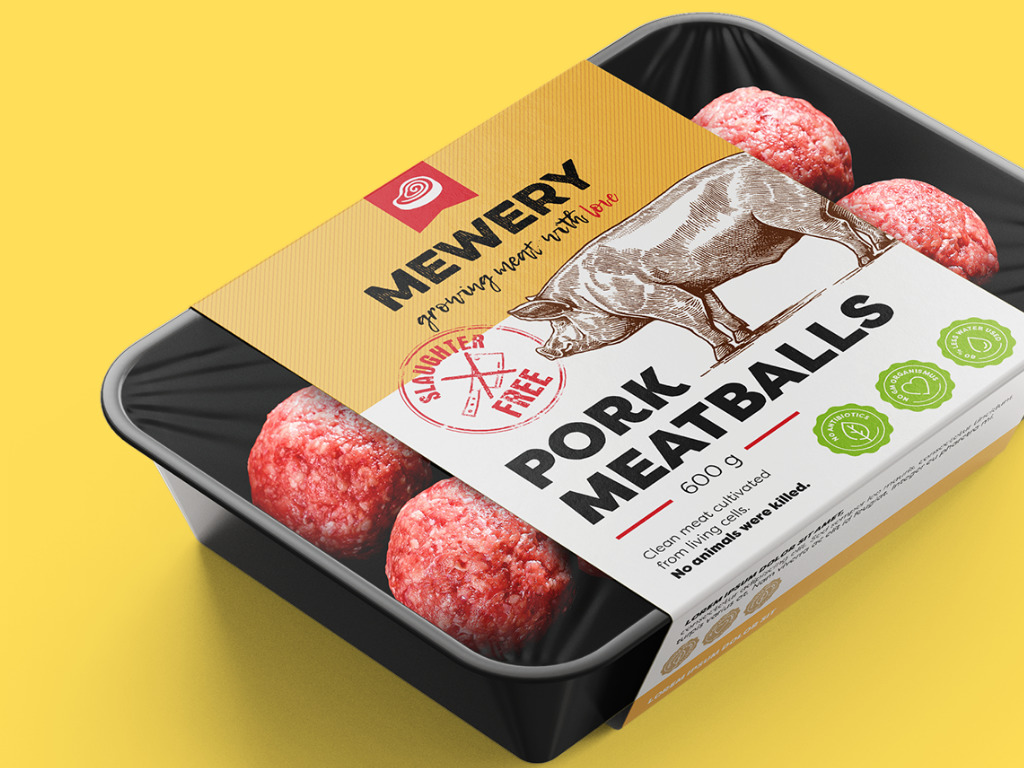
Israeli food tech company Steakholder Foods has announced a breakthrough by 3D printing the world’s first ready-to-cook fish fillet using lab-grown animal cells.
While lab-grown beef and chicken have received attention for their environmental benefits, lab-grown seafood has remained relatively unexplored. In collaboration with Singapore-based Umami Meats, Steakholder Foods used cells from grouper fish and cultivated them into muscle and fat. These fish cells were integrated into a specialised ‘bio-ink’ compatible with 3D printers, resulting in a slender fillet that emulates the properties of wild-caught fish.
The company plans to launch its lab-grown fish products to the market next year, beginning with Singapore and expanding to countries including the United States and Japan following regulatory approval. Currently, the cost of cell cultivation alone outweighs that of traditional seafood production. To address this, the fish cells are combined with plant-based ingredients in the bio-ink. As the industry progresses, Steakholder Foods’ CEO Arik Kaufman envisions increased complexity and reduced prices for lab-grown seafood.
The 3D printing process involves the gradual construction of a white fillet in a glass dish, accumulating mass with each pass. The lab-grown fillet breaks apart like real fish and, once cooked and seasoned, becomes almost indistinguishable from its natural counterpart. This achievement showcases the transformative potential of cellular agriculture in revolutionising seafood production and consumption.







